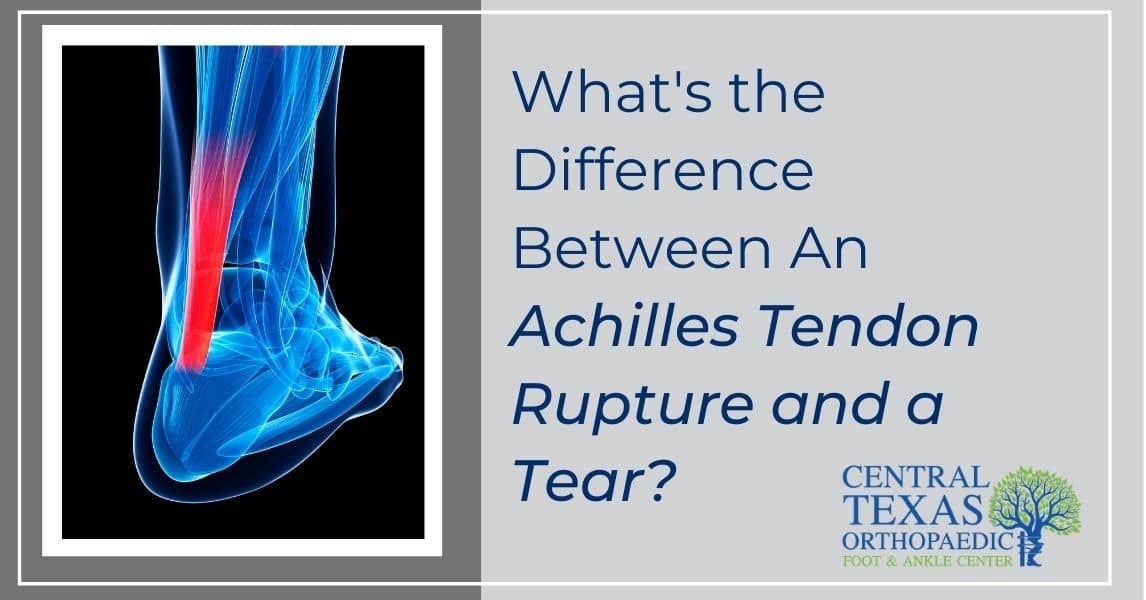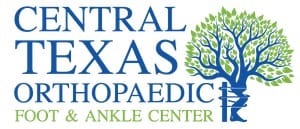Learn The Differences Between An Achilles Tendon Rupture And Tear

A rupture, technically speaking, is a tear. However, a rupture generally refers to a tear in soft tissue when talking about the body. Injuries to the muscles, tendons, ligaments, or fascia are considered soft tissue injuries. Soft tissue injuries are caused by trauma but may also result from repetitive trauma.
The Achilles tendon is the strongest in the human body. It connects the calf muscles to a person’s heel bone. In many cases, an Achilles tendon rupture is a partial tear. In other instances, it is a complete tear (the tendon is completely detached from the bone). Partial tears usually heal within several weeks, and complete tears require more prolonged treatment.
Symptoms of an Achilles Tendon Rupture or Tear
During sudden or quick movements, muscles and tendons can rupture or tear. They usually present with the following symptoms:
- A popping sound accompanied the injury
- Pain
- Inflammation
- Loose feeling in the joint
- The patient cannot place weight on the injured joint
- Weak muscles
Ruptures and tears: complications
A person may experience a fever or have open cuts due to the severity of the injury. Additionally, nearby capillaries may be damaged. Depending on the nature of the injury, some can be treated medically, and others require surgery.
If it is left untreated, permanent disability may result. If you are experiencing pain after an injury, you should obtain medical attention as soon as possible.
Treatment for Achilles Pain
Surgical and nonsurgical interventions are available for the treatment of Achilles tendon ruptures. Whether the patient should undergo surgery or nonsurgical treatment is determined by the severity of the rupture, their health status, and activity level.
Patients with minor ruptures, less active patients, and those with medical conditions that prohibit surgery are usually treated with nonsurgical treatments associated with a greater risk of re-rupture. The tendon is immobilized by a cast, walking boot, or brace to treat the problem nonsurgically, which restricts motion and promotes healing.
The benefits of surgery are significant. The procedure decreases the risk of re-rupturing the Achilles tendon, increases the patient’s strength at push-off, and improves the patient’s ability to move the ankle. The rupture can be repaired using a variety of surgical techniques. A surgeon will choose the most appropriate surgical method for the patient.
Foot Pain Treatment in Central Texas
Our foot pain experts at Central Texas Orthopaedic Foot & Ankle Center in Waco, Texas, can treat all kinds of foot pain, from a torn Achilles tendon to a sprained ankle. Contact us today to schedule an appointment.

